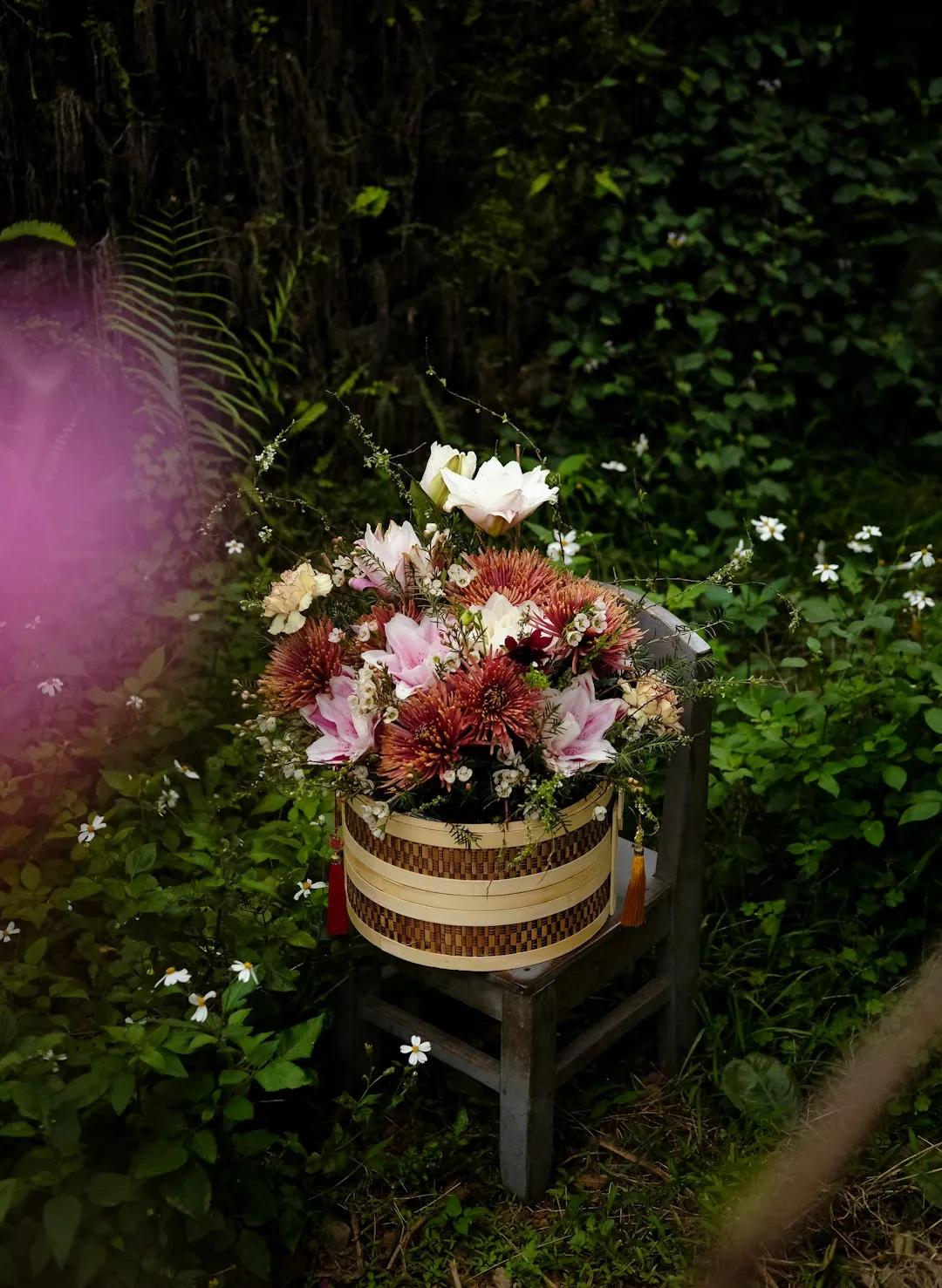The Mystery of Shedding Rubber Plant Leaves Unveiled

Are you worried about your rubber plant losing its leaves? It can be disheartening to see the lush foliage of your beloved houseplant start to drop. But fret not, as a houseplant expert is here to shed light on the common causes behind this issue and offer simple tips to correct the problems.
One of the primary reasons for rubber plant leaves falling off is improper watering. Over - watering can lead to root rot, which in turn affects the plant's ability to absorb nutrients and water properly. When the roots are damaged, the plant may start to shed its leaves as a survival mechanism. On the other hand, under - watering can cause the leaves to dry out and fall. To determine if your rubber plant needs water, you can stick your finger about an inch into the soil. If it feels dry, it's time to water. However, make sure the pot has proper drainage to prevent water from pooling at the bottom.
Another factor that can contribute to leaf loss is light conditions. Rubber plants thrive in bright, indirect light. If they are placed in a spot that is too dark, they may not be able to carry out photosynthesis effectively. This can lead to weak growth and leaf drop. Conversely, if they are exposed to direct sunlight for extended periods, the leaves can get scorched, which also causes them to fall. Find a location in your home where the plant can receive bright, filtered light, such as near a north - facing window or a few feet away from a south - facing window.
Temperature and humidity also play crucial roles in the health of your rubber plant. These plants prefer a relatively warm and humid environment. Cold drafts can shock the plant and cause the leaves to fall. Keep your rubber plant away from doors, windows, and air conditioning vents during the colder months. Additionally, low humidity can make the leaves dry and brittle. You can increase humidity around the plant by placing a tray of water near it or using a humidifier.
Nutrient deficiency is yet another culprit for leaf drop. Rubber plants need a balanced supply of nutrients to stay healthy. A lack of essential nutrients like nitrogen, phosphorus, and potassium can lead to poor growth and leaf loss. You can use a slow - release fertilizer formulated for houseplants during the growing season (spring and summer) to provide the necessary nutrients. Follow the instructions on the fertilizer package carefully to avoid over - fertilizing, which can also harm the plant.
Pests and diseases can also take a toll on your rubber plant. Common pests such as spider mites, aphids, and mealybugs can suck the sap from the leaves, causing them to yellow and fall. Regularly inspect your plant for signs of pests, such as webbing, small insects, or sticky residue on the leaves. If you detect pests, you can use insecticidal soap or neem oil to get rid of them. Diseases like fungal infections can also cause leaf problems. Make sure to keep the leaves dry and avoid over - crowding the plant to prevent the spread of diseases.
In conclusion, taking care of your rubber plant requires attention to several factors, including watering, light, temperature, humidity, nutrients, and pest control. By addressing these common issues, you can help your rubber plant regain its health and stop the leaves from falling off. With a little care and patience, your rubber plant will once again be a beautiful and thriving addition to your indoor garden.
Remember, every plant is unique, and it may take some time to find the perfect balance of care for your rubber plant. Don't be discouraged if you don't see immediate results. Keep observing your plant, making adjustments as needed, and enjoy the process of nurturing your houseplant back to health.